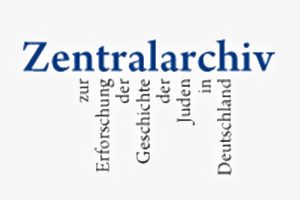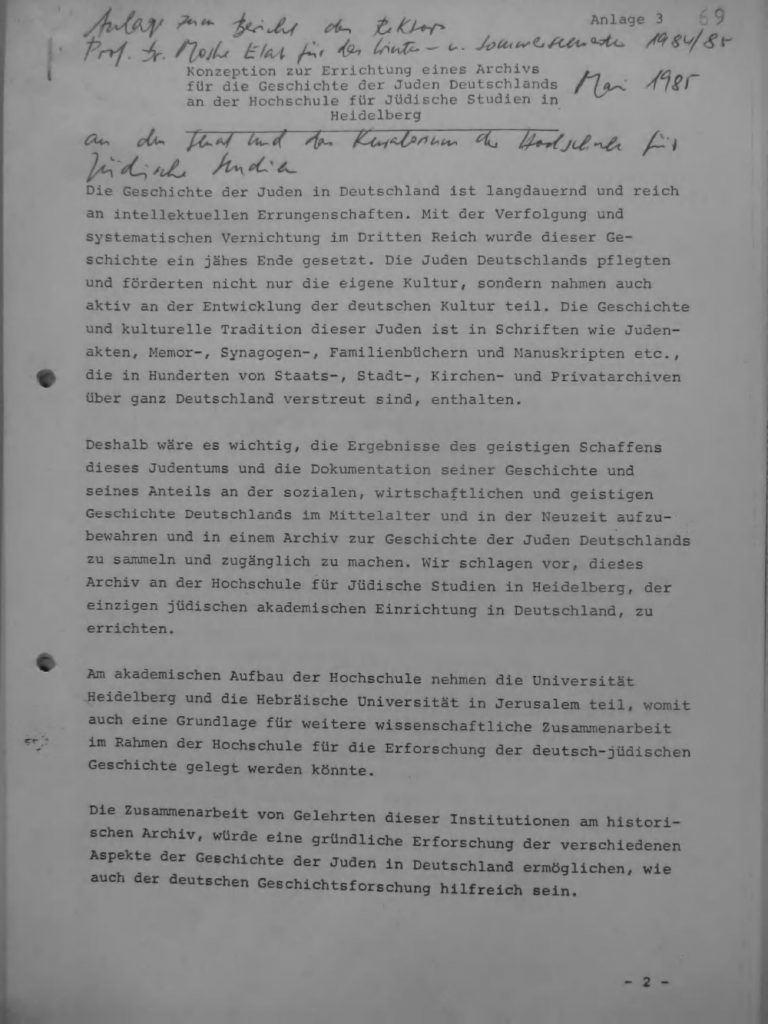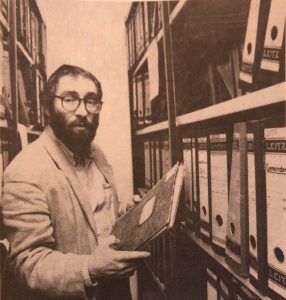
The Zentralarchiv zur Erforschung der Geschichte der Juden in Deutschland (Central Archive for the Study of the History of the Jews in Germany) is an important research center based at the Hochschule für Jüdische Studien (College for Jewish Studies) in Heidelberg. It holds records of Jewish communities in Germany, primarily West Germany, from 1945 to the present.
As early as the 1950s, Bernhard Brilling had proposed creating an Jewish archive in postwar Germany, but the project only developed following Helmut Kohl’s 1984 speech at Bergen-Belsen in which he declared his support for creating an archive of Jewish life in Germany. Shortly thereafter, Moshe Elat, the rector of the Hochschule (itself having been formed in 1979), proposed that they be the site of the archive, which opened in 1987 under the leadership of Eberhard Gönner; in 1991 Peter Honigmann became the archive’s director, a position he would hold until 2017.


The Zentralarchiv holds the files of the Zentralrat der Juden in Deutschland (the Central Council of Jews in Germany) from 1950-2007, about 100 lfm; as well as files of about 20 Jewish communities. In 2006 they also received about 10 lfm of files from the Hamburg Staatsarchiv, mostly relating to the post-1945 period. The archive also holds a number of personal archives and miscellanea.
Research Notes
The Zentralarchiv is located within the Hochschule and researchers should expect to pass through security.
Ownership of the Zentarlarchiv’s collections is maintained by the communities and groups who contributed the material, and they control access as well. As a result, researchers will need specific clearance from the files’ owners prior to accessing them in the archive. Make sure to contact the archive with enough time in advance so that permissions for access can be secured.
Records are also closed for 30 years after their creation.
A portion of the archives have been digitized.
Photographs can be taken in the archive; they provide a paper slip to be included in all photos for attribution purposes.
The Zentralarchiv reading room is across the hall from the main administrative offices. They also have a library in the reading room.
Further Reading
- Jason Lustig, A Time to Gather: Archives and the Control of Jewish Culture, ch. 5
- Jason Lustig. “Bernhard Brilling and the Reconstruction of Jewish Archives in Postwar Germany.” In Rebuilding Jewish Life in Postwar Germany, edited by Jay Geller and Michael Meng, 48–64. New Brunswick: Rutgers University Press, 2020.
- Honigmann, Peter. “Das Heidelberger Zentralarchiv zur Erforschung der Geschichte der Juden in Deutschland.” Menora. Jahrbuch für deutsch-jüdische Geschichte 12 (2001): 345–70.